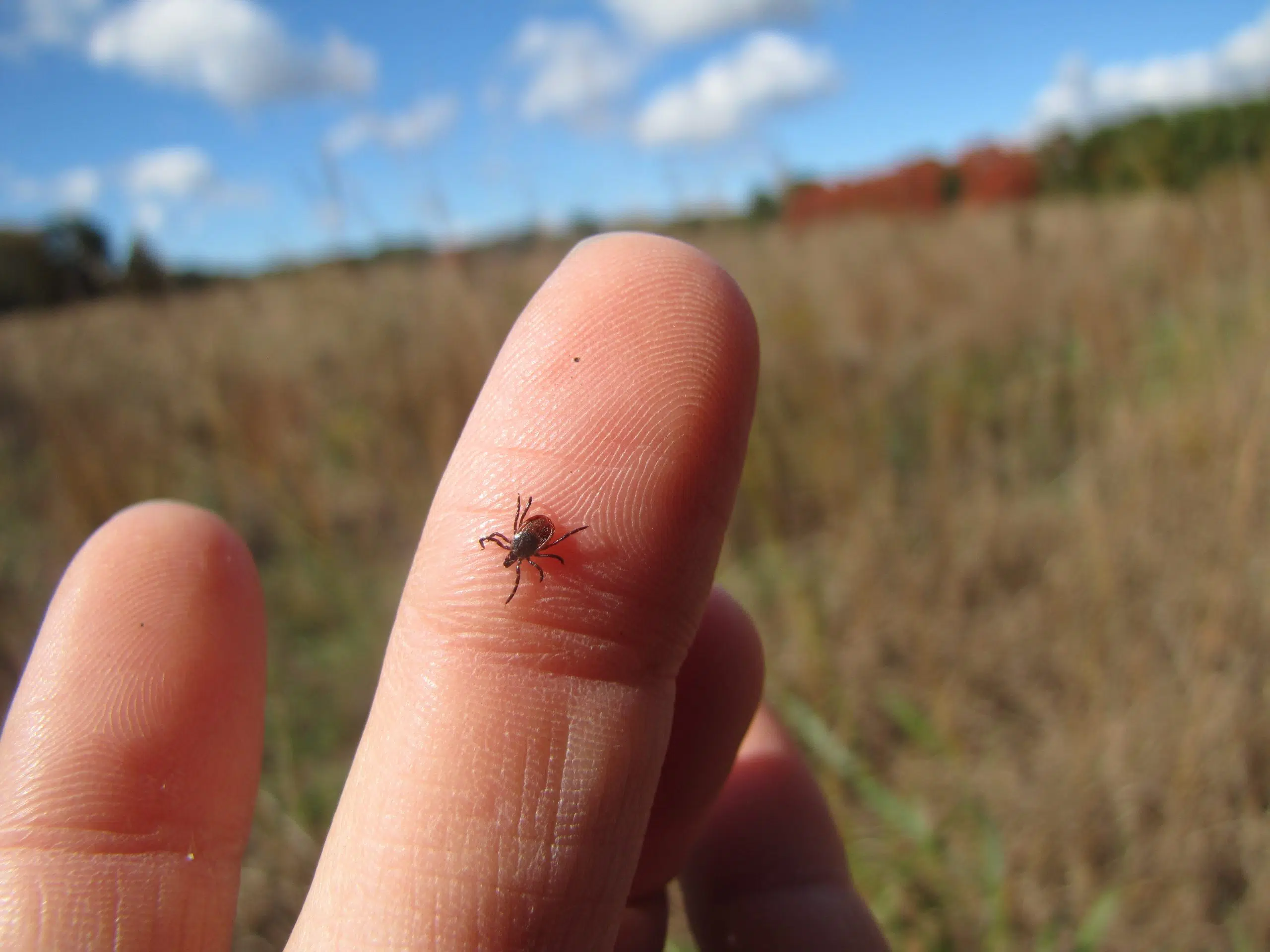The number of ticks that can carry Lyme disease is expected to be higher than ever across Canada this year, researchers say.
Vett Lloyd, a researcher and director of the Lloyd Tick Lab at Mount Allison University in New Brunswick, says that as the impacts of climate change progress, each tick season will likely be worse than the last.
“As the winters are getting milder and shorter, the ticks are surviving better, and they have more time to feed and have a tick romance,” Lloyd said. “Once a female tick finds a male and food, she can produce for roughly 3,000 eggs. When this starts happening, (the population) explodes very quickly.”
Ontario has the highest number of total reported ticks of any province. Nova Scotia is second, but has a higher ratio of ticks to people.
Lloyd said people will notice ticks on their pets or in their hair after spending time outside near long grass, and that they’re active in April until June, before waiting out the warmest months and becoming active again in September until November.
Ticks can carry Lyme disease, a disease that is harmful to both humans and pets. Not all ticks carry the bacteria that causes Lyme disease, but black legged deer ticks are the most likely to carry it.
Lyme disease cases increased in Canada 150 percent between 2020 and 2021, totalling almost 2,900 cases reported to the federal government. The report notes that the tally of cases of Lyme disease may be lower than the real total, “because some cases are undetected or unreported.”









Comments